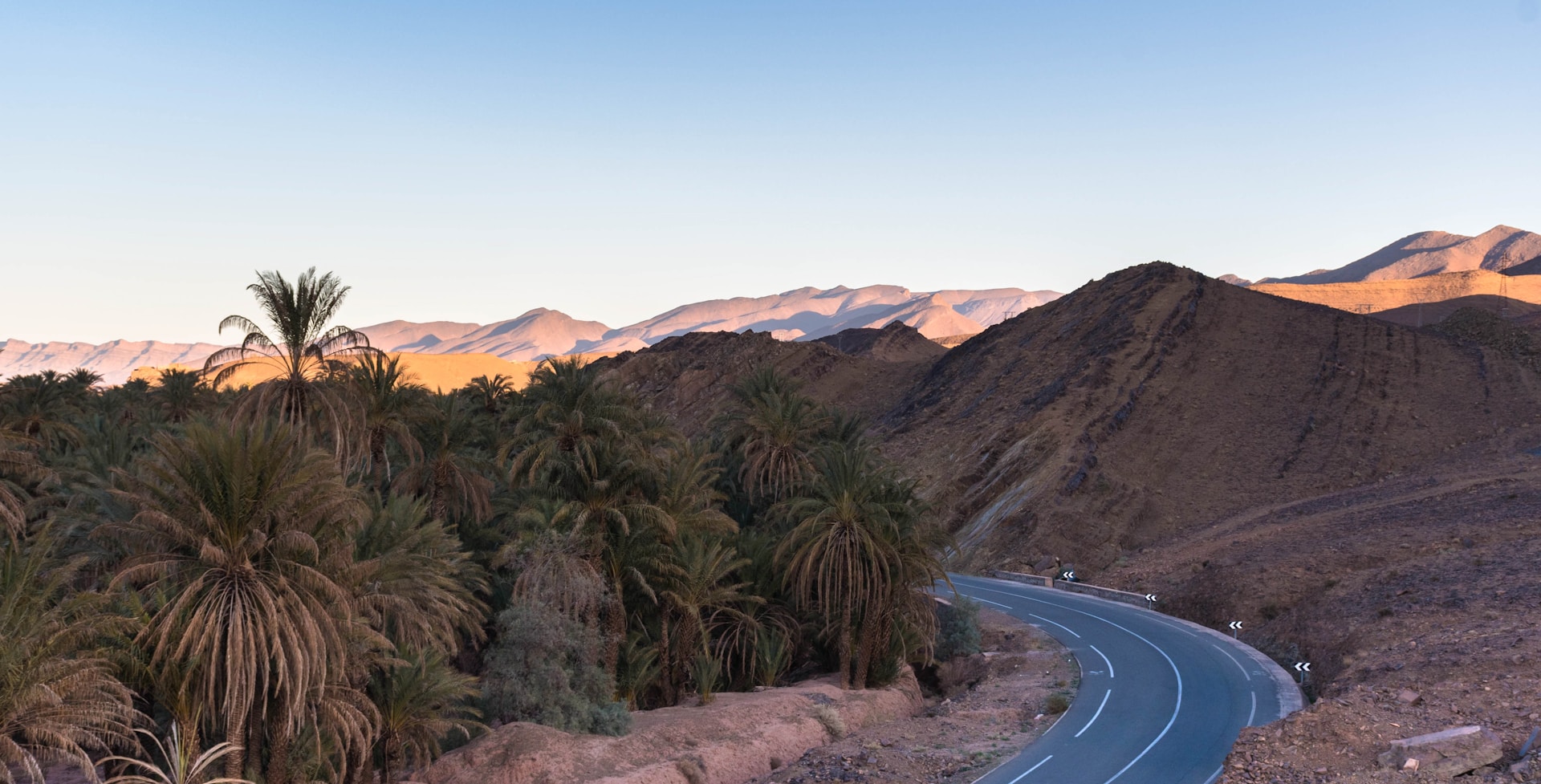
Visit The Kasbah of Tamnougalt and the Caid Kasbah
In the heart of Morocco’s lush Draa Valley, two architectural marvels stand as quiet witnesses to centuries of history, culture, and community: the Kasbah of Tamnougalt and the Caid Kasbah. Visiting these ancient fortresses transports you to a time when the region was a thriving crossroads of traders, storytellers, and desert explorers. Let me share my journey through these timeless kasbahs, where every sunlit courtyard and intricately carved door whispers stories of the past.
The Kasbah of Tamnougalt: An Oasis of History
Nestled among the date palms and the soothing waters of the Draa River, the Kasbah of Tamnougalt beckons with an aura of mystery. Once a bustling hub for trade caravans, it now stands as a relic of Morocco’s rich heritage. As I approached the imposing walls, the sounds of daily life in the surrounding village seemed to fade away, replaced by the echoes of ancient footsteps.
The caretaker, whose family had long been the stewards of this historic site, welcomed me warmly. Wandering through the winding passages, I marveled at the intricacies of Berber architecture. Sunlight filtered through wooden screens, creating mesmerizing patterns on the earthen walls. I paused in quiet courtyards, imagining the voices and laughter that must have filled these spaces centuries ago.
From the rooftop, the views were breathtaking. The surrounding oasis stretched in every direction, its palm groves swaying gently in the desert breeze. In the distance, the jagged peaks of the Atlas Mountains loomed, a reminder of how this kasbah stood guard over the Draa Valley and its people.
The Caid Kasbah: Grandeur and Authority
A short distance away, the Caid Kasbah (also known as Kasbah El Caïd Ouzna) stands as a symbol of authority and power. This stronghold was the residence of the regional Caid, the ruler responsible for maintaining order. Its architecture reflects the mix of Berber, Islamic, and Andalusian influences that have shaped Morocco.
Stepping through the grand entrance, I was struck by the intricate tilework and carved wooden ceilings that adorned the reception rooms. The rich decor spoke of a time when the Caid hosted important guests and conducted regional affairs with dignity and ceremony. Each room told a story of the past, offering glimpses into the lives of those who walked these halls before.
The inner courtyards were serene, offering shade and peace. As I wandered, I could almost hear the distant murmur of past conversations and the soft rustling of robes against stone floors.
Lunch at Restaurant Chez Yaakoub
After a morning spent exploring the intriguing corridors and courtyards of the Kasbah of Tamnougalt, hunger led us to the doorstep of Restaurant Chez Yaakoub. Perfectly situated right beside the kasbah’s entrance, which doubles as a ticket booth for the mud-brick fort, Chez Yaakoub offered us a much-needed respite.
Opting to dine on the roof terrace, we were treated to a stunning panoramic view of the Draa Valley and the rugged mountainside that cradles the village. The restaurant’s setting is idyllic, blending effortlessly with the historic and natural landscape, offering a picturesque backdrop that enhances the dining experience.
The menu at Chez Yaakoub features traditional Moroccan cuisine, with a variety of tajines served alongside freshly baked bread. While the tajine is a staple in Moroccan households, dining on these savory stews for ten days straight had somewhat dulled our excitement for the dish. Nevertheless, the charm of the setting and the warmth of the winter sun made the meal enjoyable. We savored each bite slowly, our taste buds finding comfort in the familiar flavors despite the creeping sense of culinary redundancy.
Conclusion: A Timeless Connection
Visiting the Kasbah of Tamnougalt and the Caid Kasbah was not just a journey through space but also time. These strongholds stand as living museums, inviting travelers to connect with a history that still shapes the identity and culture of the Draa Valley. They are testaments to the ingenuity of the Berber people and their ability to create beauty in even the harshest landscapes.
If you find yourself craving a taste of the authentic and the historical, these kasbahs offer an unforgettable window into Morocco’s past. With their warm hospitality, intricate architecture, and stories that span centuries, the Kasbah of Tamnougalt and the Caid Kasbah are experiences not to be missed.
